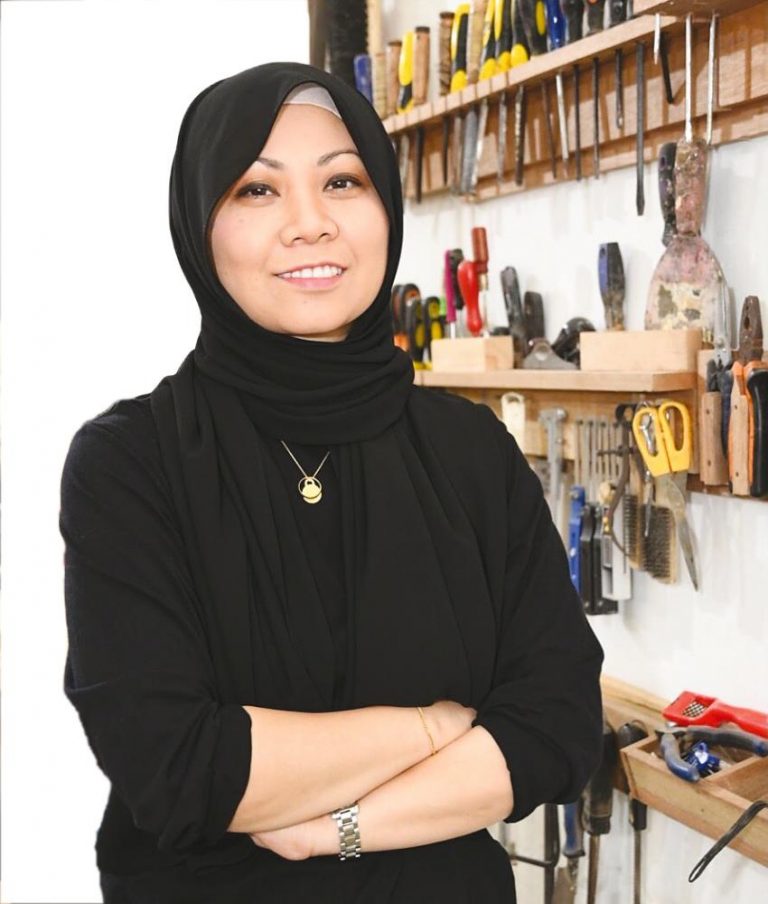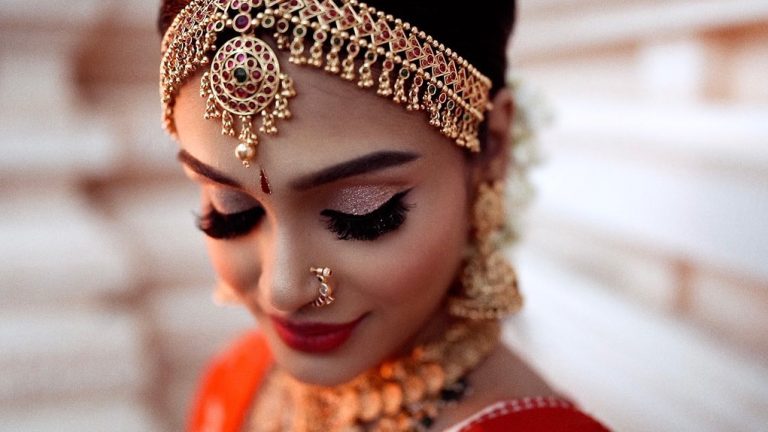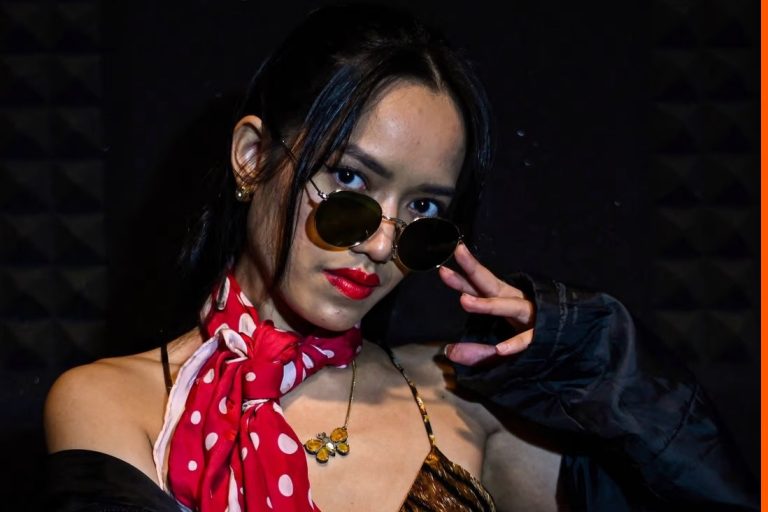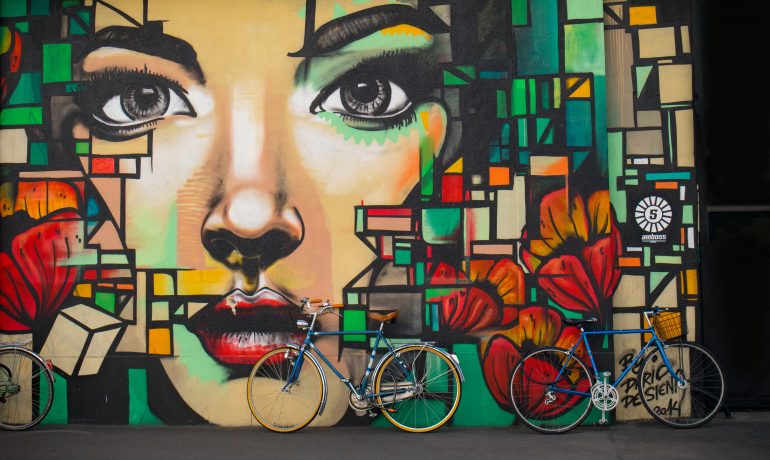For a field that claims to be fluid and free, the arts still has far to go in allowing women artists to thrive. Effecting change goes beyond correcting biases.
By Adriana Nordin Manan
What are the challenges faced by women in professional fields dominated by men?
The quick answer: refer to the research.
In an example from the field of engineering, a 2018 Harvard Business Review study found that women in the industry face challenges ranging from the overt—gender discrimination and harassment—to the subtle, where stressors include feeling that their contributions are less valued than those of their male peers, because tasks and roles have been gendered.
This example may speak to the experience in a different field, but are there parallels in the arts?
Barriers Aplenty
In the curator’s notes from the Maybank Emerging Women Artists Show 2020, Kay Lynn Chua names gender bias, lack of recognition, exclusive environments, and societal discrimination as among the difficulties women face regularly in the visual art world.
Physically exerting and demanding long hours at the mercy of the heat and power tools, furniture making is one field where women are underrepresented. What is it like being a woman in the industry?

Hani Ali. Picture from https://www.thesundaily.my/style-life/feature/wooden-heart-CC8136510
Hani Ali, founder of LAIN Furniture, avoids emphasising gender in her public persona.
“Why should I introduce myself as a female carpenter? I want to just say I’m a carpenter.”
Her reluctance stems from the (correct) observation that if the tables were turned, men would never be asked to explain their presence in an industry from the gender lens.
“In culinary arts or fashion design, do you see the media asking male chefs and designers to talk about how they ended up in industries more associated with women? No, right? So, why does somebody like me have to bring up my gender when talking about my career?”
However, Hani does acknowledge the de facto barriers to participation in furniture making. The demand to be able to lift heavy items, for example. But she’s careful to decouple that from gender.
“I may look small, but with my team, I can even lift items weighing 150 kg. Others, whether men or women, might not be able to do so. So, the question of suitability to a job—that goes beyond gender. What you must believe is that if you have the interest to enter the field, go ahead and know that your skills will be polished along the way.”
Building Community
In an opinion piece in Tatler Asia, photographer Annice Lyn recounts her challenges in gaining professional acceptance as a woman.
“Unfortunately, some [women] still struggle with discrimination that does not allow them to advance as artists and storytellers. I have personally experienced this first-hand: being belittled and undermined on my abilities and knowledge when it comes to the technical aspect of photography. Furthermore, women face the additional hurdle of encountering an unsafe work environment only because of their gender.”
Aware of the challenges facing women in photography, Lyn and fellow photographer Aisha Nazar founded Women Photographers Malaysia (WPM), a group that foregrounds women and non-binary photographers and builds an ecosystem of learning and support for their professional advancement and personal growth.

Photo by Pavetra Arumugam, featured on the Women Photographers Malaysia Facebook page.
Risk and Visibility
One thing to consider when attempting to tease out the subtleties of working as women and female-identifying persons in the arts as opposed to other industries, is the question of visibility. For artists, their world of work is not confined to the office, and so instead of peer acceptance, what’s at stake is more akin to societal acceptance. Instead of colleagues, artists have audiences. And the thing about audiences is they reflect the world they come from: when it comes to women in the public sphere, the world remains deeply patriarchal and condescending.
Artists of any medium would understand the saying that to be an artist means “putting yourself out there.” But for women and female-identifying persons, to put oneself out there can also expose them to vitriol, fuelled by harmful assumptions.
For one, women often find their personal lives used as ammunition to diminish them in their professional pursuits.
“Sometimes, people tell me to know my place and not be too absorbed in work. Why? Because I’m a single mother,” Hani says, her cool demeanour belying how perturbed the topic makes her.
And then there are issues of moral policing.

Malaysian hip-hop artist Nur Batrisya Mohammad Nazri, known as SYA. Photo: AFP
An artist who has gone on record about the occupational hazard of moralistic put-downs is SYA, the first Southeast Asian woman rapper to sign with New York’s Def Jam Recordings.
“What does religion have to do with me as an artist, and what I create?” she asks, referring to online comments questioning her faith and chastity because of her song lyrics and the way she dresses.
The Numbers Don’t Lie
In the visual art scene, one observation is that women artists will soon outnumber their male counterparts. According to independent curator Tan Sei Hon in a 2018 essay, local fine art program cohorts are overwhelmingly female. Yet, he notes that unlike men, women artists are also more likely to exit the scene, mostly to fulfil family obligations.
This is where the arts is evidently a microcosm of society. As a whole, Malaysia is known to have more female students in tertiary institutions, yet women are underrepresented in senior corporate management roles, and the country’s female labour force participation rate has perplexed policymakers for how persistently low it is compared to neighbouring countries. Be it in the arts or other fields, women arrive at the doorstep in droves, but step away the higher up the ladder one goes.
To address this situation and have more female representation in the arts, a field of “myth making, culture contrasting and meaning generating”—to quote Tan Sei Hon from the same essay—community is essential. Career mentorship and fellowship like the kind offered in groups such as WPM help provide the insight that sharpens career savviness and the ability to navigate the industry.
Of course, systemic change can only happen with policy change and vigilant implementation, which are critical. Last but not least, solidarity and societal will are the levers to drive these initiatives forward. And society will be all the better for it.
Cover photo by Timon Klauser on Unsplash
Adriana Nordin Manan juggles eight professional roles: writer, translator, playwright, researcher, curator, dramaturg, educator and entrepreneur. She lives and works in Kuala Lumpur.

